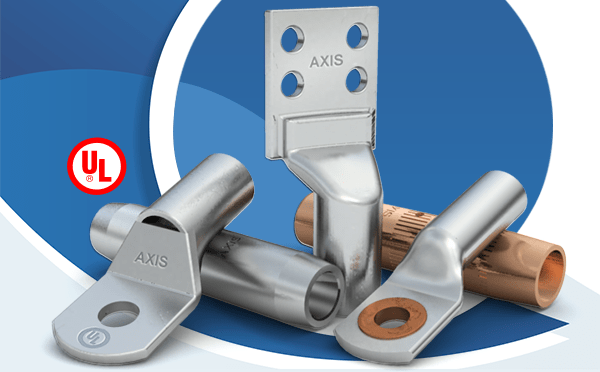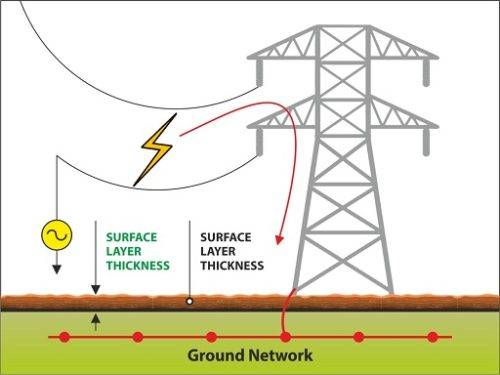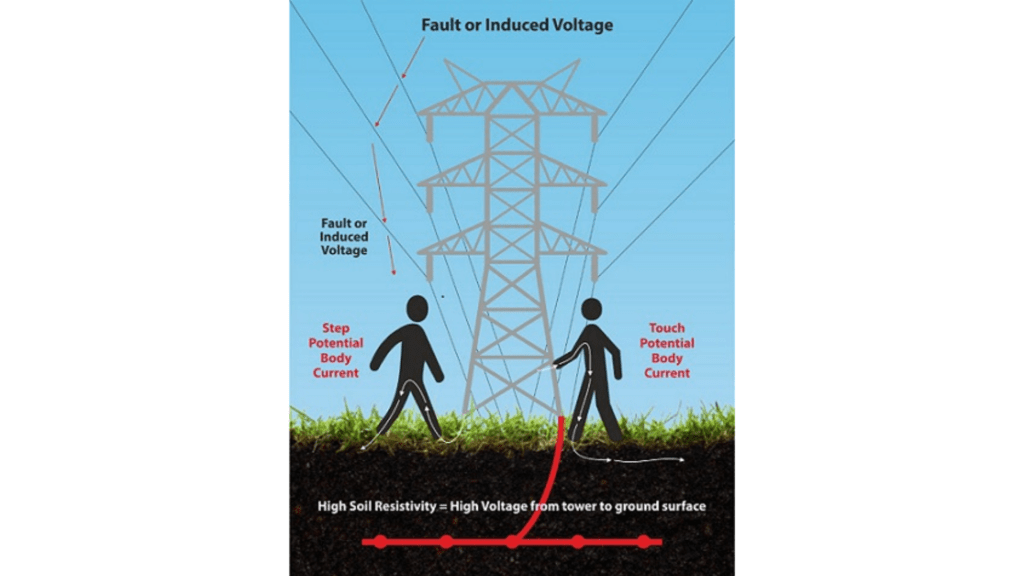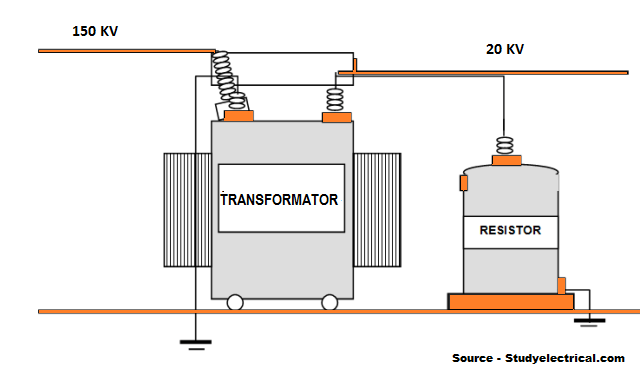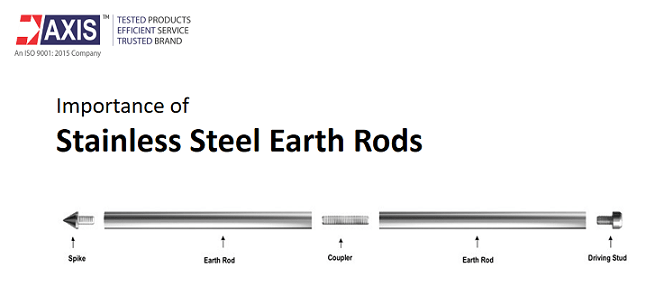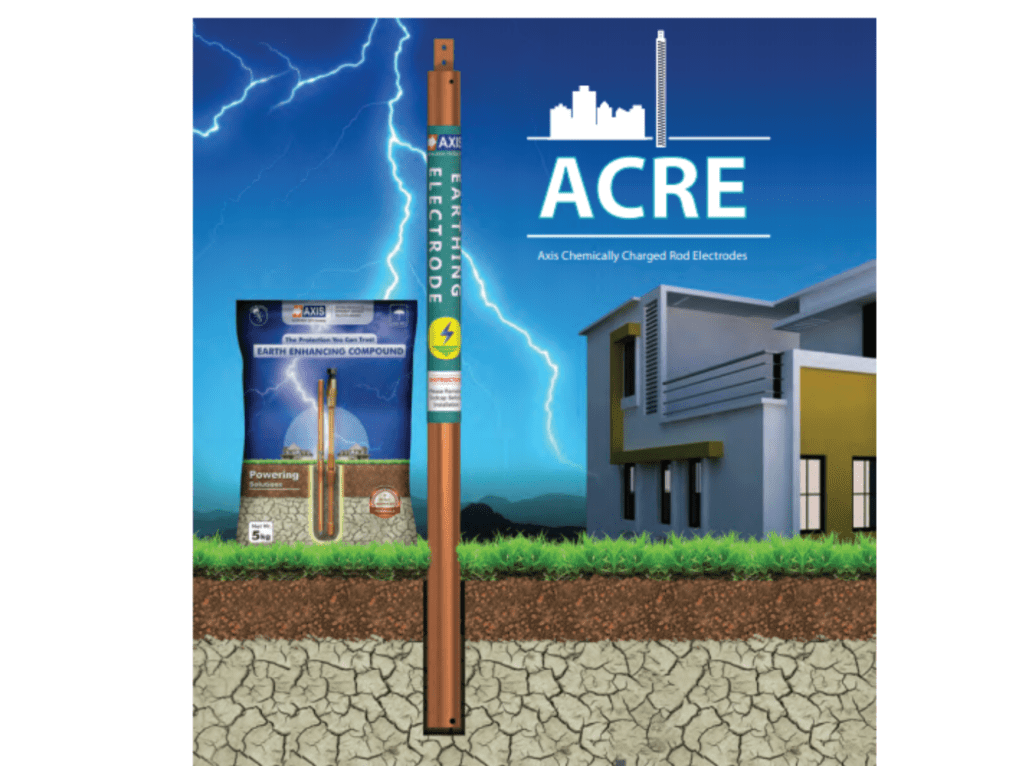Lugs – Types, Applications and Features
Scope of Electrical Lugs: A cable lug is a component of an electrical device that connects the cable to the device terminals that simplifies the assembly of personnel, maintenance, and repair processes. A cable lug or connector is used when a permanent connection is required, but a direct one is …

